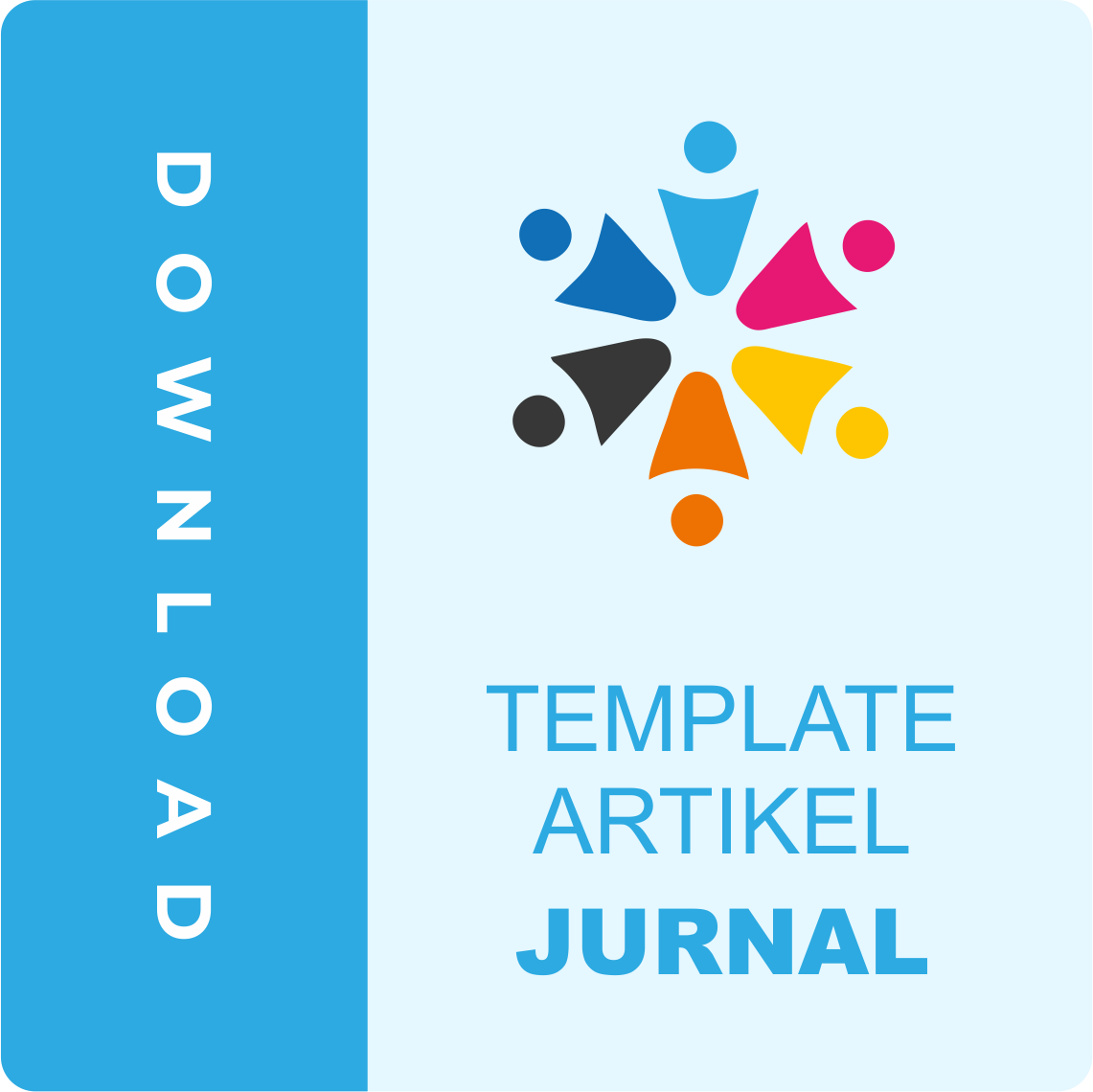Regional Economic Growth in View of the Factors Affecting Regional Levies
ABSTRACT
In an economic area such as Jabodetabekjur, these areas interact with each other, both in terms of the movement of production factors and the exchange of commodities. Spatial disparities between regions can occur due to disparities in productivity levels between regions triggered by the misery of concentration or concentration of economic activities. As a result, economic growth arises that is not parallel between regions within one region. The gap in economic growth between regions in the Greater Jakarta area can be seen in the following table. The research model is formulated recursively in a tiered regression analysis used to study the Cobb-Douglas linear function from panel data through the EViews-10 application. The results of the analysis show that: The results show that per capita income, population, and regional investment simultaneously have a significant effect on retribution area. The JABODETABEK government needs to pay attention to the conditions that occur, especially those related to the quality of per capita income, population, and regional investment in the JABODETABEK area because these three variables have a close relationship with economic growth and are a source of economic growth in regional retribution to promote regional development. The research is expected to provide input for the JABODETABEK Government in implementing regional financial management to further increase regional fees.




